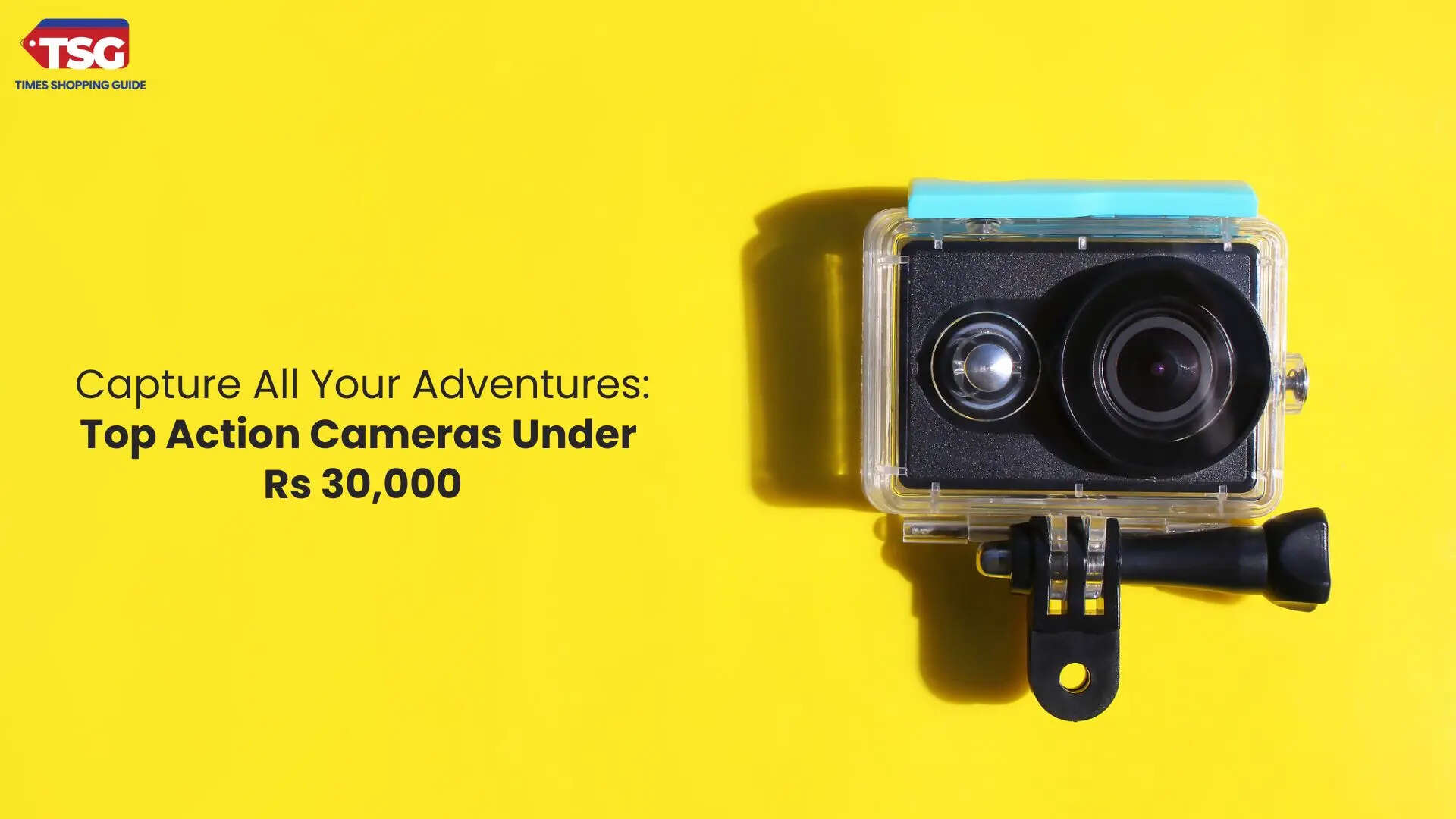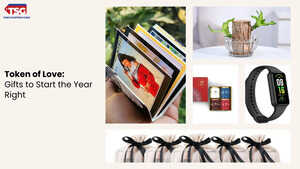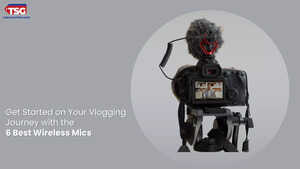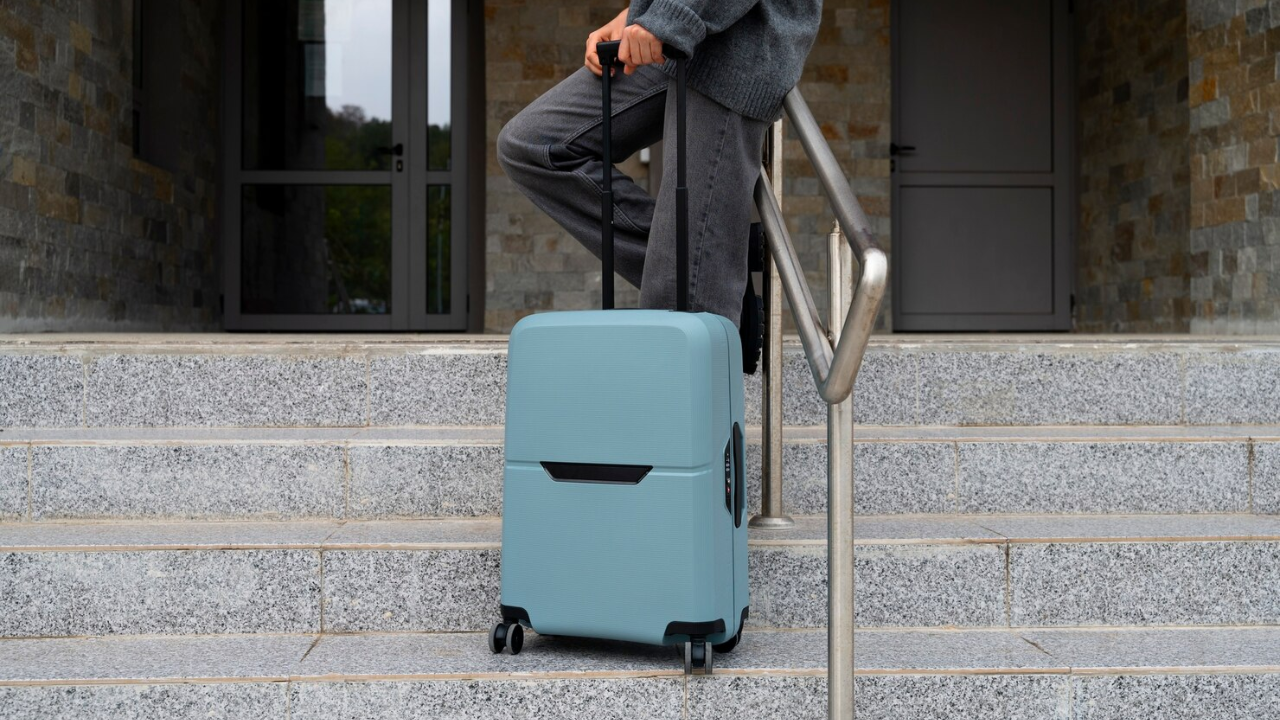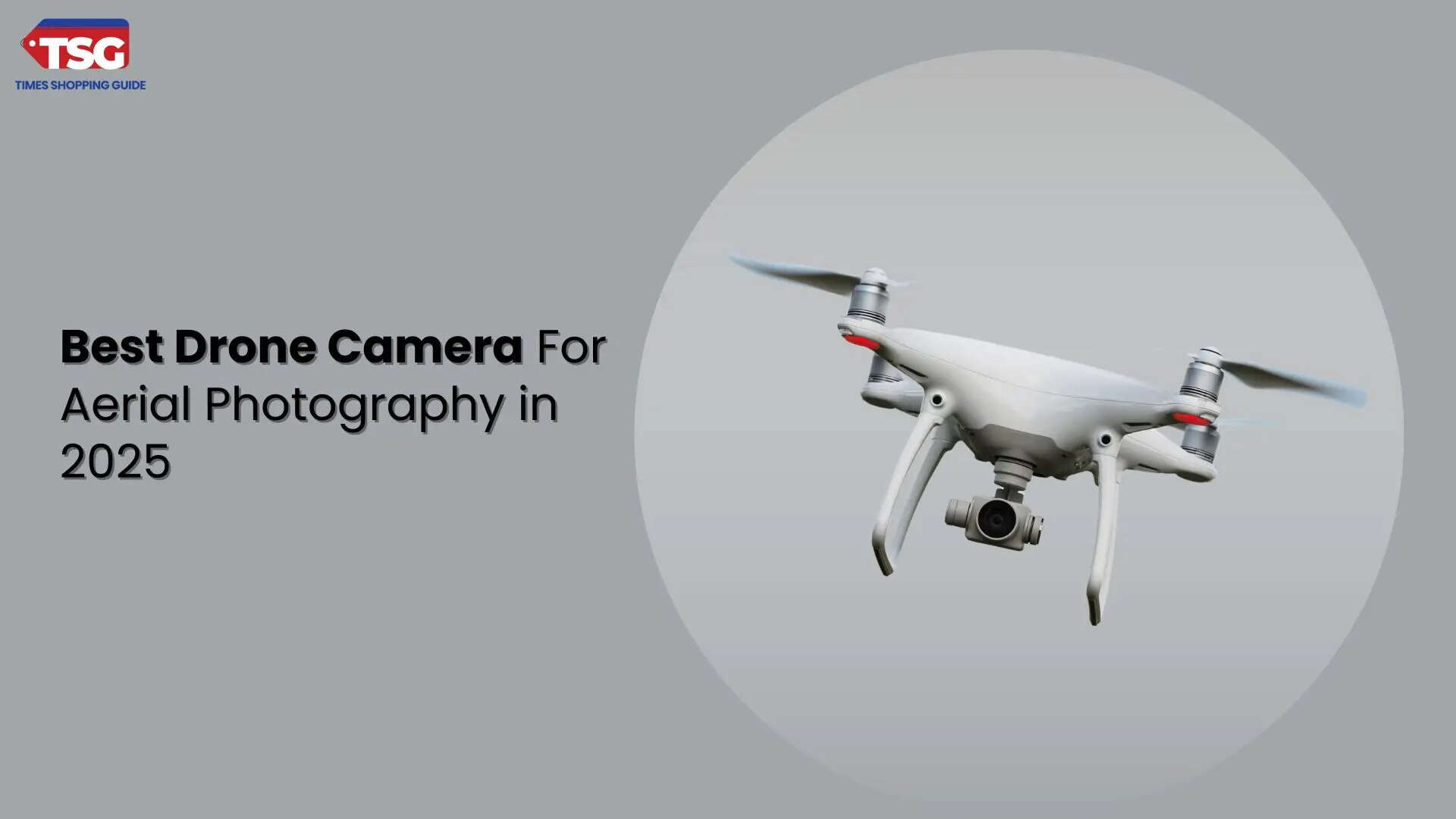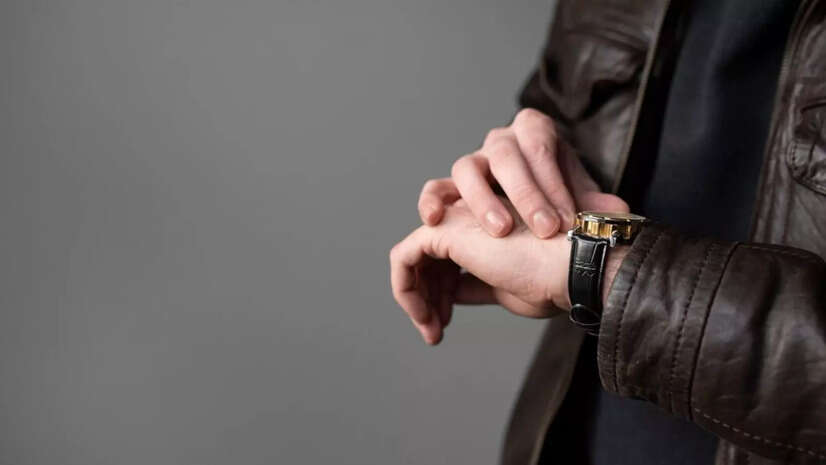A beautiful accessory that makes one's outfit pop up: Watch! A watch is more than just a time-teller, it is a styling accessory; something that talks about one's personality and makes you smile every time you look at it. Now, when you step into the world of watches and especially their brands, there are a lot of nuances to take care of. Styles, shapes and even complications come along the way. There are analog watches, smart watches, sports watches and much more. Every brand is known for something special, while there are brands that believe in versatility . There's also a number of occasions and places to switch up your watch game. A gentleman's classic analog watch will make you look dashing at a dinner party, while a sports watch helps you count the steps right when running on the treadmill. So what is it that you should look for to make the right watch pick? And which watch brand should you confide in?
With all the options out there, making the right choice can become an overwhelming task. But fret not, to answer all your problems and to make sure that you land the best watch for men, we have curated the best buying guide that will help you make the right watch pick.
Here’s how to pick your best watch for men from hundreds available out there:
Watches are just like everything else in life, designed for a particular time, distinctive space too. When buying your timepiece, look for answers to the ‘where’ of the situation. Where would you be wearing the watch? Are you selecting your timepiece for a luxurious party look or everyday office wear? Your choice defines your look. For occasional wear, you can go for a dress watch whereas for everyday shenanigans, you can select a rugged watch that keeps up with the wear and tear.
- To be mechanical or battery powered
Next big question is what you like? Do you prefer to define the time yourself by opting for manual-winding watches or do you want the battery-powered quartz to do the work for you? A mechanical watch offers you a vintage look while the quartz watch gives you a hassle-free vibe.
- Pick out your complications
Watches show more than just hours, minutes and seconds. There are a lot of newer, more stylish watches that show dual time zones, date & month window, perpetual calendars, moon phases, etc. When shopping for your timeless timepiece, make sure you know how to use your dearest watch and it’s not overly complex for your preference. You wouldn’t like to wear your watch if it’s too complicated.
A case is a watch’s personality. To get an understanding of which case will look best on your wrist, go for an in-person trial session before making the final purchase. Some may look very bulky while some may appear skimp and go unnoticed on your wrist. Another thing to look for is the shape of the dial - choose from the basic round dials to classy ovals, modern squares and edgy rectangles. The sizes of cases are also listed in millimeters helping people make a better choice. The sizes start from 30mm for women and 38-42mm for men; and depend completely on one’s choice, style and preference.
Do you like the sturdy, vintage touch of leather; or do you prefer the bracelet look of metal? There’s also everyday fabric and rubber straps to choose from. Essentially, watches come with two types of straps: there’s one that’s your forever buddy, a continuous strap attached to the dial and the others that you can choose from. The original strap that comes with the watch is an integral part of the watch and difficult to repair. In general, bands range in size from six to eight inches and are typically about half the width of the watch case.
Always take the safe route by buying your timeless timepiece from an authorized seller. Make sure that your watch comes with a certificate of authenticity and a warranty. If your seller is giving an option to extend the warranty go for the best watch brand with extended warranty option. This will make sure that your watch remains truly timeless and your buddy for a long, long time.
If your pick is one from the range of luxurious, premium watches, then always pick your best watch brand from authorized resellers and dealers. With 100% proof of authenticity, you will be rest assured to get the best resale value on your rare piece.
We reviewed the reviews and feedback of the watches to ensure the brands we shortlisted had been reviewed positively. There was some negative feedback, but we checked the positive and negative review ratios and picked the brands with the most positive reviews. We also checked how the brands responded to the negative comments and ensured the brands we picked understood the importance of customer problems and tried their best to solve them.
Our list of watch brands in India comprises names ranging from INR 500 to INR 30000. We created a versatile price range because we understand the need to have affordable watches for regular people. In contrast, we need to get the most stylish watches with crystals embedded or plated with gold and silver for elite events or special occasions.
We picked up the brands that have a versatile watch collection. It means the brands in our list manufacture different types of watches, from regular pieces with a circular dial and a fabric band to skeleton dials with metal bands.
When you buy the best watch for yourself, you must consider the best style that matches your personality. A variety of styles are appropriate for various events. Your style and tastes should be considered before making a watch purchase.
If you frequently attend meetings, you need to impress your clients. Then, a high-end dress watch is ideal for you. A sports or field watch will come in very handy if you're an active person who likes rough and tumble things.
You should also consider how much you want to spend purchasing a watch. A designer brand is available at a lower price point if you cannot afford the best brand watches, as not everyone can afford one.
Style and the desire to wear the newest trends will influence your choice of watch. Here are two possibilities. One solution is to buy a classic, timeless watch that will work with any in-vogue ensemble and last you through all the changes in fashion. You can go for suitable, budget-friendly wristwatches that do not put much pressure on your pocket.
Ask yourself if you want your watch to have any purpose other than timestamped. Smartwatches are popular and may be used for various tasks, including chatting, email checking, playing games, scheduling, exercising, etc.
Consider your desired appearance and style before purchasing a smartwatch. Unlike the Apple Watch, certain smartwatches are more discreet and look like regular timepieces, so they are perfect alternatives for people who prefer a classic style rather than the more modern and laid-back ones.
Now that we have covered everything that you'd need to look out for, here are some of our best picks to keep an eye out for:
- Titan: Titan Neo Iv Analog Black Dial Men's Watch
- Fastrack: Fastrack Analog Unisex-Adult Watch
- Casio: Casio Enticer Analog Stainless Steel Black Dial Silver Band Men Watch
- Sonata: Sonata White Dial Analog watch For Men
- Timex: TIMEX Analog Men's Watch (Dial Colored Strap)
- Fossil: Fossil Decker Brown Watch
- Daniel Wellington: Daniel Wellington Classic Analog Black Dial Men's Watch
- Benyar: BENYAR Luxury Business Casual Party-Wear Silicone Chronograph Date Display Watch for Men
- Naviforce: Naviforce Analog-Digital Black Dial Men's Watch
Which one is going to be your pick?
FAQsWhy is Casio so famous?
Casio gained fame due to its innovative and reliable electronic products. The company's calculators, digital watches, and electronic musical instruments, particularly the G-Shock line of watches, became iconic. Casio's commitment to durability, functionality, and affordability has established it as a trusted brand, earning widespread popularity since its founding in 1946.
Which brand is best to buy watches?
Choosing the best watch brand depends on personal preferences and budget. Fossil is known for stylish designs and affordability. Daniel Wellington offers minimalist elegance. Titan is an Indian brand known for quality and diverse collections. Fastrack, also from India, appeals to the youth with trendy designs. Each brand caters to different tastes and price ranges.
Which brand watch is best for men's?
Determining the best watch brand for men depends on individual preferences. Seiko is renowned for its craftsmanship and diverse offerings. Casio is celebrated for innovation and durability, especially with the G-Shock line. Fossil combines style and affordability. Ultimately, the choice depends on design preferences, features, and budget considerations.
